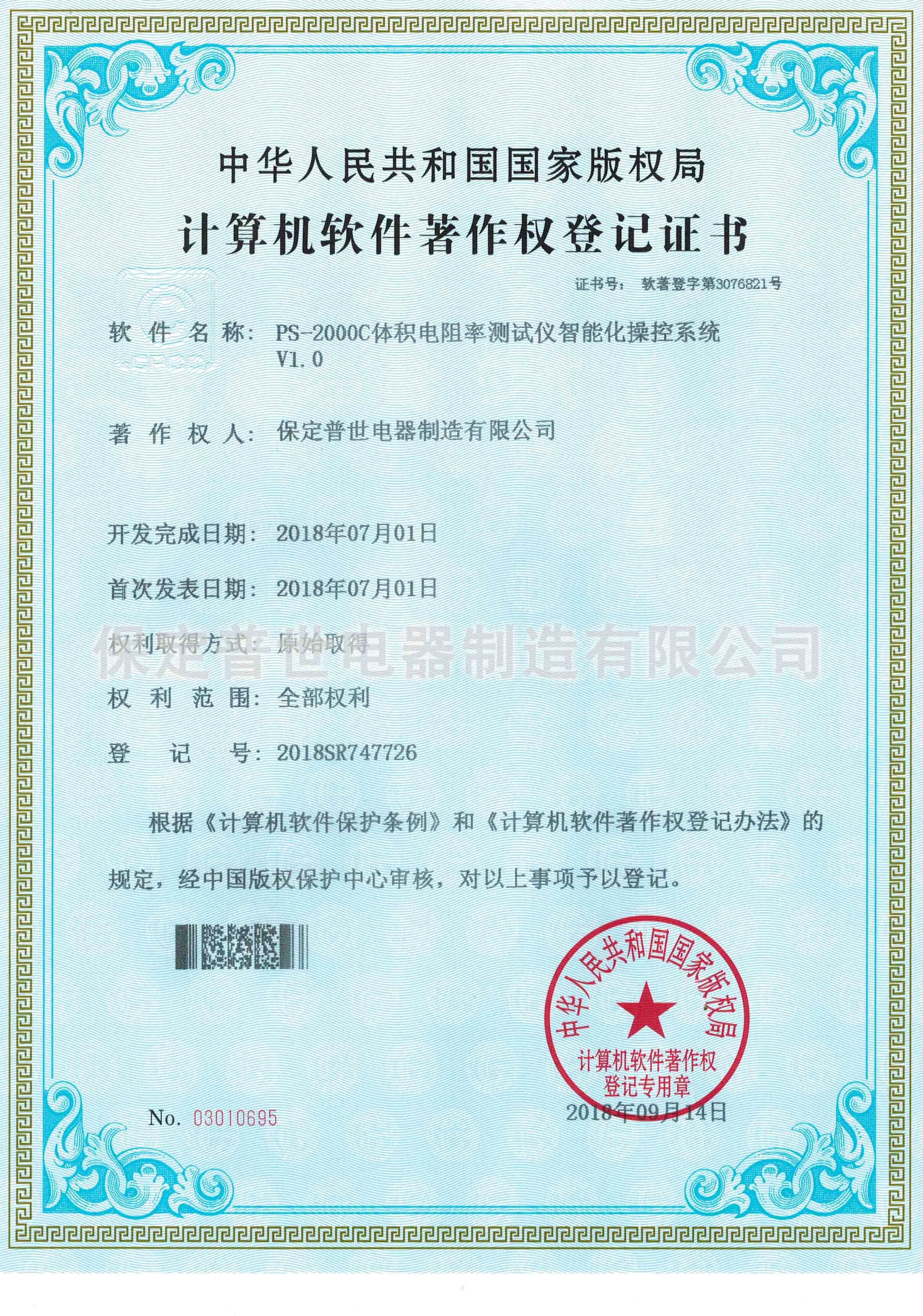 English
English



-
 Afrikaans
Afrikaans -
 Albanian
Albanian -
 Amharic
Amharic -
 Arabic
Arabic -
 Armenian
Armenian -
 Azerbaijani
Azerbaijani -
 Basque
Basque -
 Belarusian
Belarusian -
 Bengali
Bengali -
 Bosnian
Bosnian -
 Bulgarian
Bulgarian -
 Catalan
Catalan -
 Cebuano
Cebuano -
 China
China -
 China (Taiwan)
China (Taiwan) -
 Corsican
Corsican -
 Croatian
Croatian -
 Czech
Czech -
 Danish
Danish -
 Dutch
Dutch -
 English
English -
 Esperanto
Esperanto -
 Estonian
Estonian -
 Finnish
Finnish -
 French
French -
 Frisian
Frisian -
 Galician
Galician -
 Georgian
Georgian -
 German
German -
 Greek
Greek -
 Gujarati
Gujarati -
 Haitian Creole
Haitian Creole -
 hausa
hausa -
 hawaiian
hawaiian -
 Hebrew
Hebrew -
 Hindi
Hindi -
 Miao
Miao -
 Hungarian
Hungarian -
 Icelandic
Icelandic -
 igbo
igbo -
 Indonesian
Indonesian -
 irish
irish -
 Italian
Italian -
 Japanese
Japanese -
 Javanese
Javanese -
 Kannada
Kannada -
 kazakh
kazakh -
 Khmer
Khmer -
 Rwandese
Rwandese -
 Korean
Korean -
 Kurdish
Kurdish -
 Kyrgyz
Kyrgyz -
 Lao
Lao -
 Latin
Latin -
 Latvian
Latvian -
 Lithuanian
Lithuanian -
 Luxembourgish
Luxembourgish -
 Macedonian
Macedonian -
 Malgashi
Malgashi -
 Malay
Malay -
 Malayalam
Malayalam -
 Maltese
Maltese -
 Maori
Maori -
 Marathi
Marathi -
 Mongolian
Mongolian -
 Myanmar
Myanmar -
 Nepali
Nepali -
 Norwegian
Norwegian -
 Norwegian
Norwegian -
 Occitan
Occitan -
 Pashto
Pashto -
 Persian
Persian -
 Polish
Polish -
 Portuguese
Portuguese -
 Punjabi
Punjabi -
 Romanian
Romanian -
 Russian
Russian -
 Samoan
Samoan -
 Scottish Gaelic
Scottish Gaelic -
 Serbian
Serbian -
 Sesotho
Sesotho -
 Shona
Shona -
 Sindhi
Sindhi -
 Sinhala
Sinhala -
 Slovak
Slovak -
 Slovenian
Slovenian -
 Somali
Somali -
 Spanish
Spanish -
 Sundanese
Sundanese -
 Swahili
Swahili -
 Swedish
Swedish -
 Tagalog
Tagalog -
 Tajik
Tajik -
 Tamil
Tamil -
 Tatar
Tatar -
 Telugu
Telugu -
 Thai
Thai -
 Turkish
Turkish -
 Turkmen
Turkmen -
 Ukrainian
Ukrainian -
 Urdu
Urdu -
 Uighur
Uighur -
 Uzbek
Uzbek -
 Vietnamese
Vietnamese -
 Welsh
Welsh -
 Bantu
Bantu -
 Yiddish
Yiddish -
 Yoruba
Yoruba -
 Zulu
Zulu
Gas Chromatography Techniques for Effective Chemical Analysis and Identification in Laboratory Settings
Gas Analysis Using Chromatography
Gas analysis is a crucial process across various industries, including environmental monitoring, petrochemical production, and food safety. One of the most effective techniques for gas analysis is gas chromatography (GC). This method allows for the separation, identification, and quantification of volatile compounds in gaseous samples, making it an invaluable tool for scientific research and industrial applications.
Gas Analysis Using Chromatography
The effectiveness of gas chromatography in gas analysis stems from its ability to analyze complex mixtures with high precision. For example, in environmental monitoring, GC is employed to detect trace levels of pollutants in air samples, helping regulators and scientists assess air quality. In the petrochemical industry, it is used to analyze the composition of gases involved in the production of fuels and chemicals, ensuring that processes are optimized for efficiency and safety.
chromatography gas analysis

One of the significant advantages of GC is its sensitivity. Modern gas chromatographs can detect compounds in the parts-per-billion (ppb) range, making it feasible to monitor even minimal concentrations of harmful substances. Additionally, advancements in detector technology, such as mass spectrometry (GC-MS), provide detailed information about the molecular structure of the detected compounds, further enhancing the capabilities of gas analysis.
However, gas chromatography is not without its challenges. Sample preparation can be time-consuming, and the technique often requires skilled personnel to operate and interpret results. Furthermore, certain compounds may not be easily separable due to similar chemical characteristics, necessitating the use of specialized columns or methods.
Despite these challenges, the application of gas chromatography continues to expand. Innovations in instrumentation and software tools have made GC more accessible and user-friendly, broadening its application beyond traditional fields. As industries increasingly focus on sustainability and safety, the role of gas analysis will likely become more prominent, driven by regulatory requirements and consumer demand for transparency.
In conclusion, gas chromatography serves as a cornerstone for gas analysis in various sectors. Its high sensitivity, precision, and evolving technology make it an essential tool for understanding and monitoring volatile compounds in our environment. As the demand for effective monitoring of air quality and safety continues to rise, gas chromatography will play an increasingly vital role in ensuring a healthier and safer world.
-
Using Distillation Range Testers in the Food and Beverage IndustryNewsApr.16,2025
-
The Impact of IoT on Distillation Range Tester PerformanceNewsApr.16,2025
-
The Best Distillation Range Testers for Extreme ConditionsNewsApr.16,2025
-
How Distillation Range Testers Save Time and MoneyNewsApr.16,2025
-
Distillation Devices for Advanced Separation TechniquesNewsApr.16,2025
-
Common Mistakes to Avoid When Using a Distillation Range TesterNewsApr.16,2025



